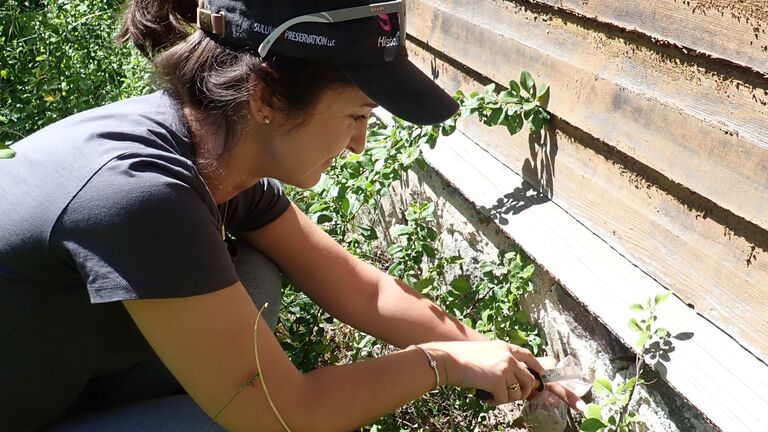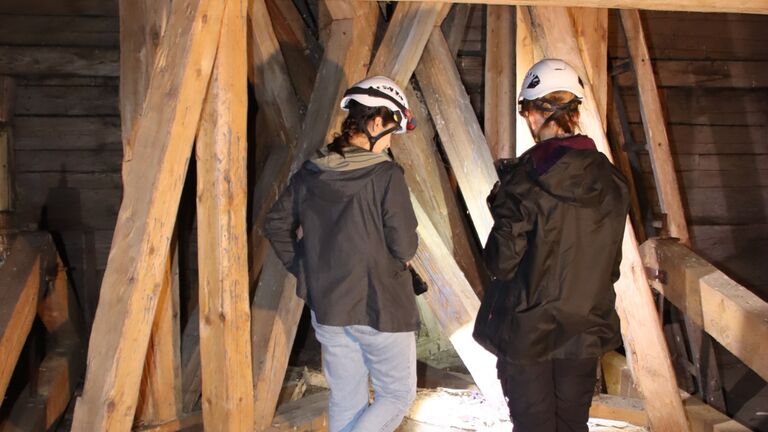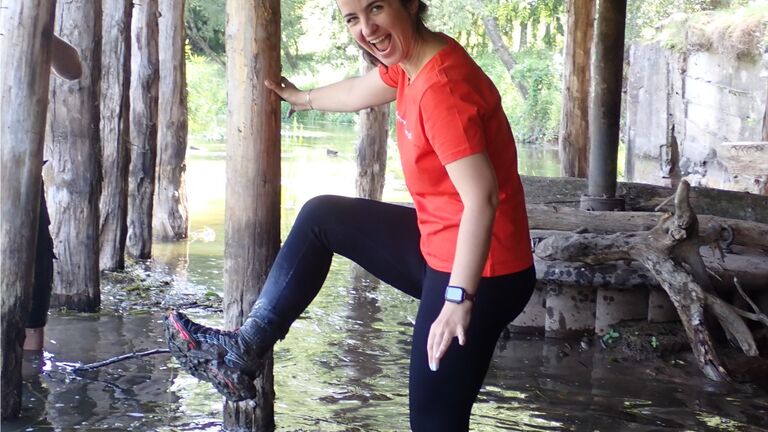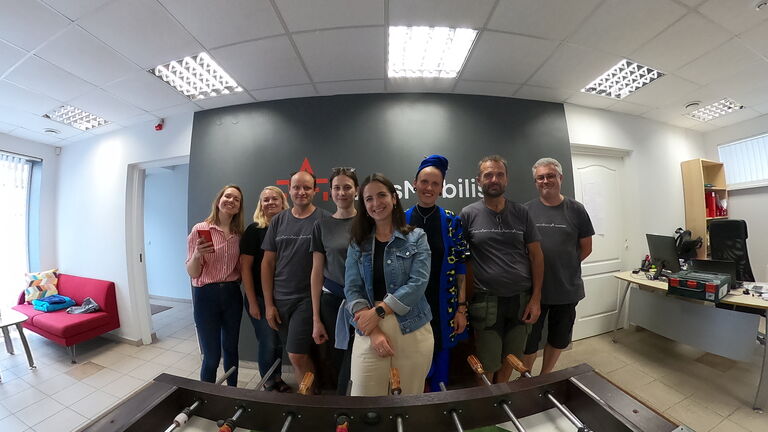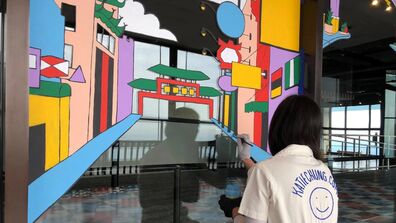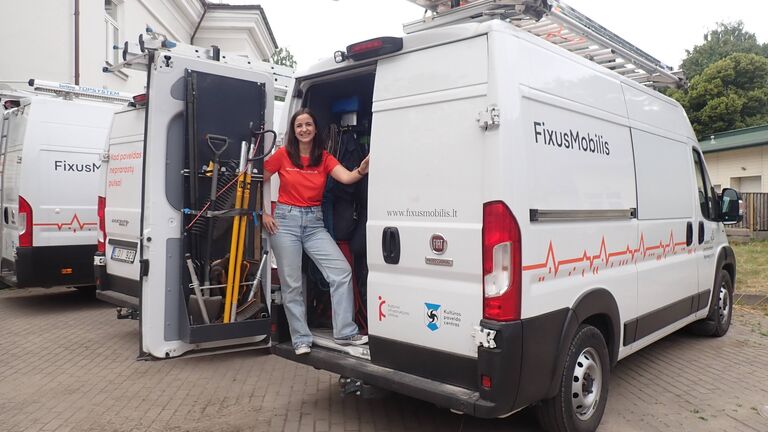
Monika Chojnacki
Historic Preservation Graduate Monika Chojnacki Reflects On Internship Abroad
Monika Chojnacki graduated from the School of the Art Institute of Chicago's Master of Science in Historic Preservation program in May of 2023. During her last semester, she worked with Professor Anne Sullivan to find a job abroad where she could gain work experience in historic preservation and cultural heritage, get hands-on experience, and learn more about how other countries and cultures approach preservation. This search led her to the US World Heritage/US ICOMOS International Exchange Program.
The purpose of the international exchange program is to provide a cross-cultural experience to emerging heritage professionals around the world with the goal of fostering a strong, well-connected global heritage community. International interns are matched with positions in the USA, while American interns are placed abroad with a host organization, in order to allow the exchange of skills, ideas, and friendships across borders. Chojnacki explains that “all interns were required to complete the assigned projects to the degree possible with my Lithuanian colleagues and then present our work at the US World Heritage/US ICOMOS IEP seminar.” After her return to the United States, Chojnacki sat down to give some insight about her time abroad. "I have always wanted to work in cultural heritage abroad," she says.
I have always wanted to work in cultural heritage abroad.
Her first stop was in Washington DC where she and her cohort spent five days meeting with leading historic preservation professionals in the nation’s capital. They had multiple presentations, tours, and Q&A sessions with historic preservation architects and staff from the Department of the Interior, Smithsonian Institution, and beyond. She then flew to Vilnius, Lithuania, of which the Old Town area is a UNESCO World Heritage site set within forested hills and on the banks of the Neris and Vilnia Rivers, and worked under the Lithuanian Cultural Infrastructure Center with Fixus Mobilis, a preventative monitoring and care program that was established in Lithuania in 2019 with the goal of raising awareness, education, and providing free preventative care for historically registered buildings. "We got to play with some fun technology, such as temperature and humidity gauges, crack monitoring gauges, and employ my favorite tool, a resistograph," she says.
Chojnacki worked as a member of a mobile preservation team which traveled to building sites around Lithuania and completed condition assessments and preventative care interventions. Each mobile team is composed of an architect, conservator, and craftsman. She worked with and assisted each of them on the building site. Once they returned to the office, all of the information was formatted into a report to the property owner about the present condition of the buildings and provided recommendations as to what type of work is necessary to maintain or restore the building to peak condition. "I got a fair amount of hands-on conservation work which included cleaning and removing biological growth from building facades, repairing corrosion on tin roof tiles, repairing terracotta roof tiles, removing biological build up from water runoff systems, and applying lime wash to wattle and daub structures," she says. "It encourages community members to take ownership and pride in the historic buildings that surround them," she adds.
Specifically, Chojnacki was involved in completing onsite drawings of adverse conditions (and later drafting them in AutoCAD), taking measurements of humidity, temperature and timber density, collecting samples of mortar, mold and plaster for testing, taking images of the site and building conditions (via drone, 360 camera, and DSLR), and writing the report in English that would later be translated into Lithuanian. "Our goal was to show the homeowners or the property managers that even simple care measures can aid in the stability of a property until further investment and restoration can be achieved," she says.
Our goal was to show the homeowners or the property managers that even simple care measures can aid in the stability of a property until further investment and restoration can be achieved.
Besides the concluding presentation, physical work, and written reports, Chojnacki says that her best work was aiding the community's understanding and appreciation of historic structures. Lithuania has an interesting history, layered with war and invasions. Under the USSR, from which Lithuania gained its independence in 1991, many of the historically significant buildings were nationalized and/or repurposed. For example, churches were turned into storage facilities and manors were turned into factories. Many of the structures suffered from an unclear future, ownership, and lack of care or funding. The work completed by Chojnacki and her colleagues at Fixus Mobilis helps to bring greater context, understanding, and attention to these buildings. During her time, Chojnacki got to have many interesting conversations with property owners or neighbors about their memories or associations with these buildings. They were always very surprised and excited that she, as an American, had come all this way to learn a little bit about their culture and history. "Throughout my time in Vilnius and in Lithuania I learned so much about the country, history, culture, people, and preservation, and am so grateful for the experience," she says.
